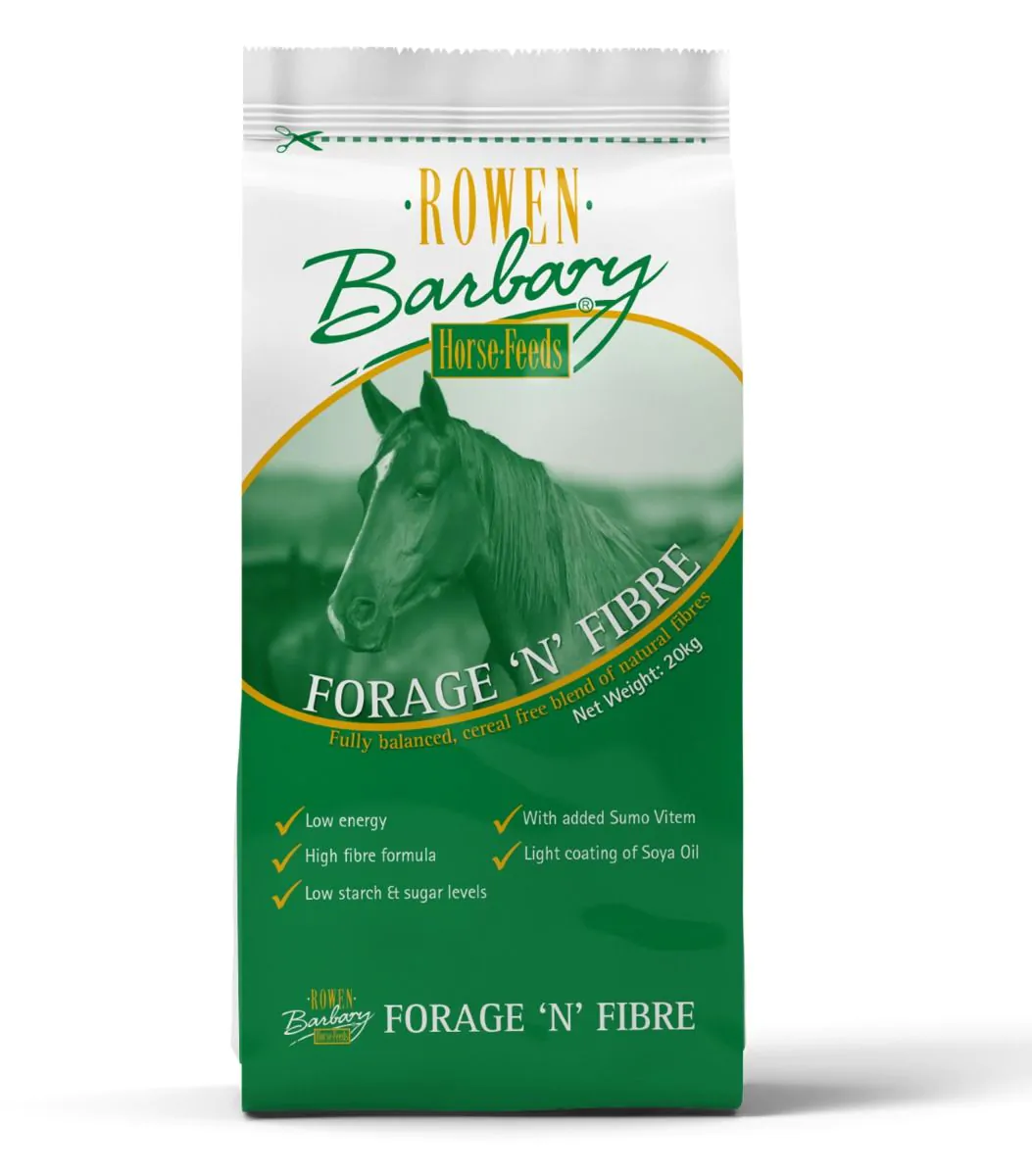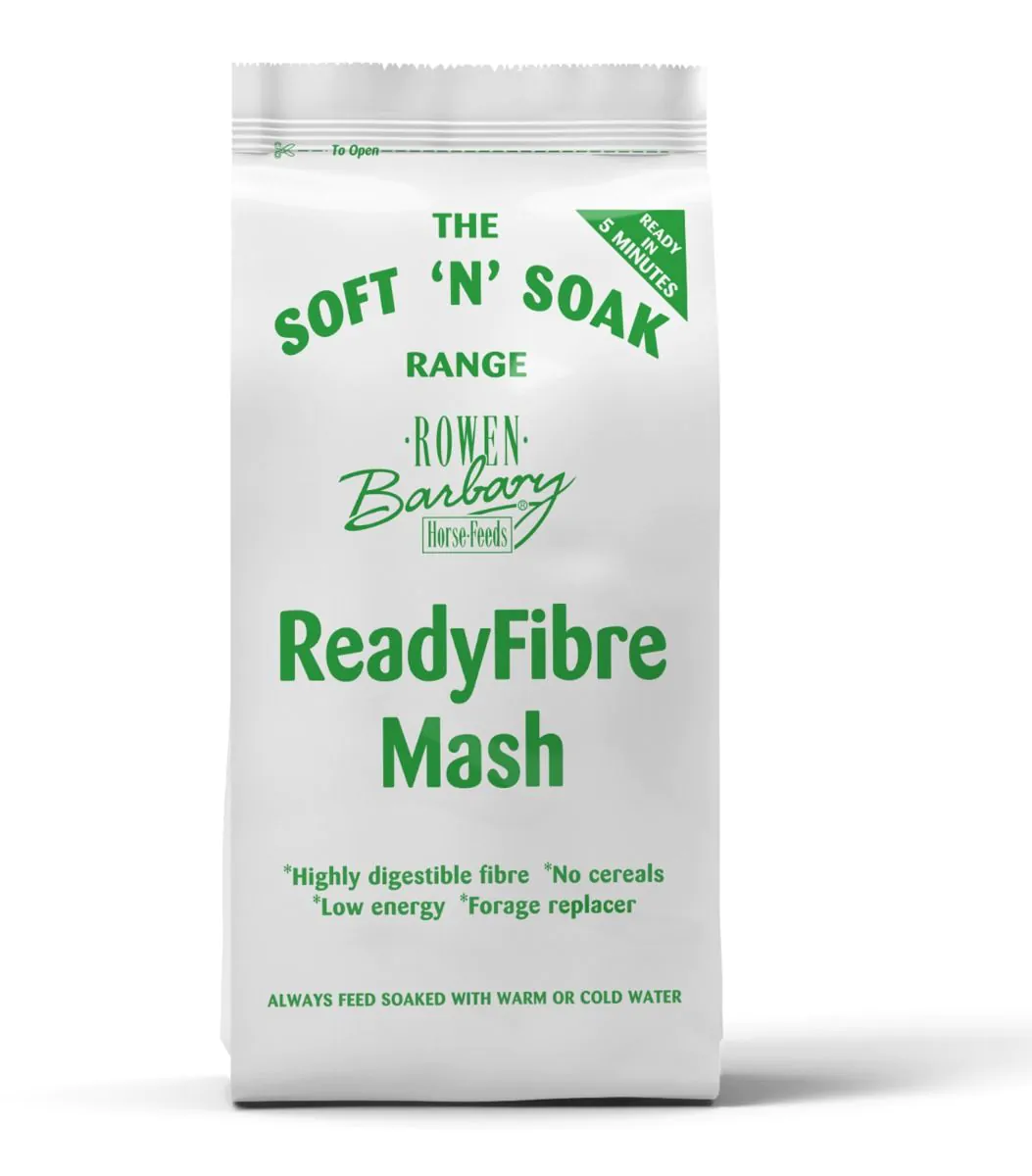- 27th August 2019 by Rowen Barbary
Alternative Fibre Sources
In the wild horses will graze up to 18 hours a day but as the green grass turns lush over the summer months many people will find that they have to limit their horses grazing either to prevent obesity, laminitis or just for good pasture management. Most horses should eat up to 2.5% of their bodyweight on a daily basis in order to keep their digestive system healthy, with the main part of their diet being forage based.
The main sources of forage in the horses diet are grass and/or hay, but there are alternatives that can be successfully used.
Beet pulp and soya hulls have energy levels much higher than typical forages and are considered "super fibres". These feeds are more digestible than traditional fibre sources. For instance, hay is 40-60% digestible, depending on its quality, and beet pulp and soy hulls are 80% and 75% digestible, respectively.
Beet pulp, a byproduct of the sugar beet industry, is often used as an ingredient in concentrate feeds by feed manufactures, or it can be added to the diet the help boost the fibre levels. Soya Hulls are usually separated from the soybean during oil extraction and are also a very useful ingredient to use to help increase the fibre content of the diet. Horses that do not tolerate diets high in starch benefit from being fed super fibres.
When soaked beet pulp and soya hulls both form a soft texture, so they are highly palatable for older horses with dental problems
Chaff is dried forage that has been cut into small pieces, commonly used to help slow down a horse that bolts its feed. There are many different types of chaff on the market including chopped hay, alfalfa, dried grass and straw, or mixes of one or all of these. Molasses and/or oil are often used to reduce dust and increase palatability.
Alfalfa and/or grass nuts (also called pellets) are natural forage crops that are dried before being pelleted to help lock in the nutrients and preserve the colour. Pelleting can reduce the dustiness of the forage and improve handling characteristics.
Fibre Complete Feeds usually contain a mixture of fibre sources with at least 16% fibre. These are often manufactured to provide the horse with a full range of nutrients and can often be used as a partial fibre replacer.
As a horse owner it is important to recognise what alternative fibre sources are available to help replace grass and/or hay in the horses diet if required.

About Rowen Barbary
All manufacturing at Rowen Barbary is carried out in a state of the art mill located in the heart of the Shropshire countryside. We use only the highest quality ingredients sourced, where possible, from local farms before they are blended by our dedicated team in our UFAS audited mill.
Rowen Barbary also conforms to BETA NOPS guidelines with raw materials & finished feeds regularly laboratory tested to ensure that every bag of feed continues to meet not only ours, but also your high standards.
We Recommend...



